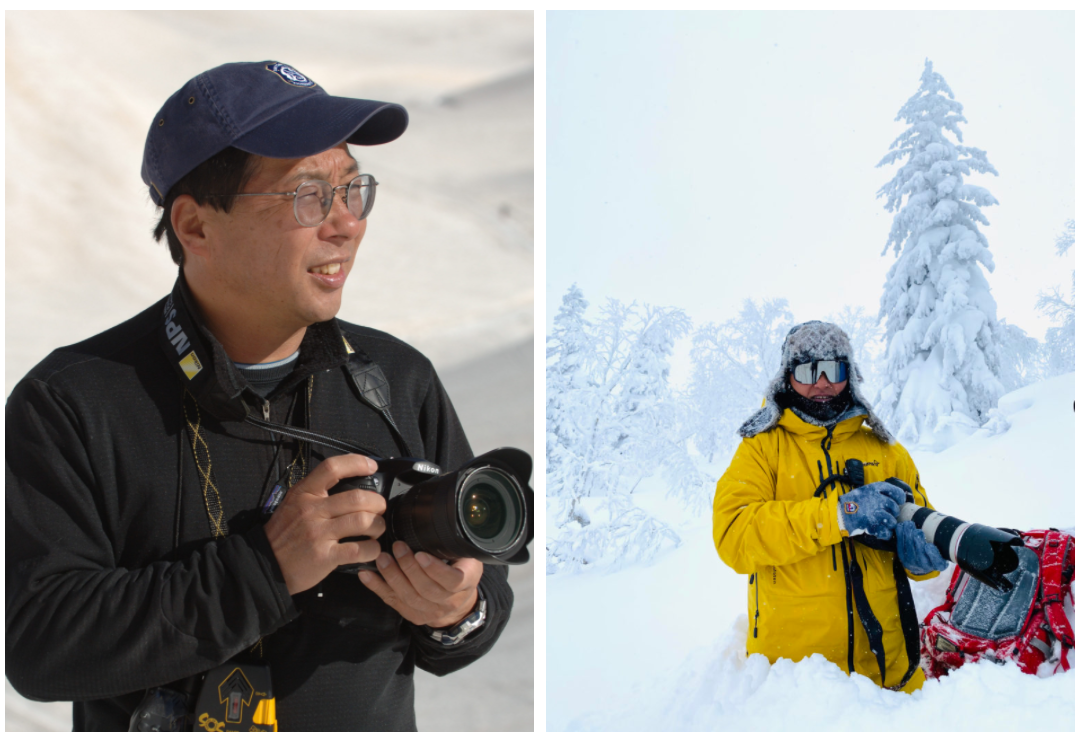"Tateyama in November"
Photography: Masakazu Watanabe, Hiroshi Suganuma
Here, we introduce the works of two photographers who continue to take pictures of Mt. Tateyama in November.
In addition to the photos, Hiroshi Suganuma writes about his thoughts on the late Masakazu Watanabe, his sworn friend, and the charm of his hometown.
The first half of the article is Watanabe's work, and the second half is Suganuma's work. I want to raise my mood for the approaching season.
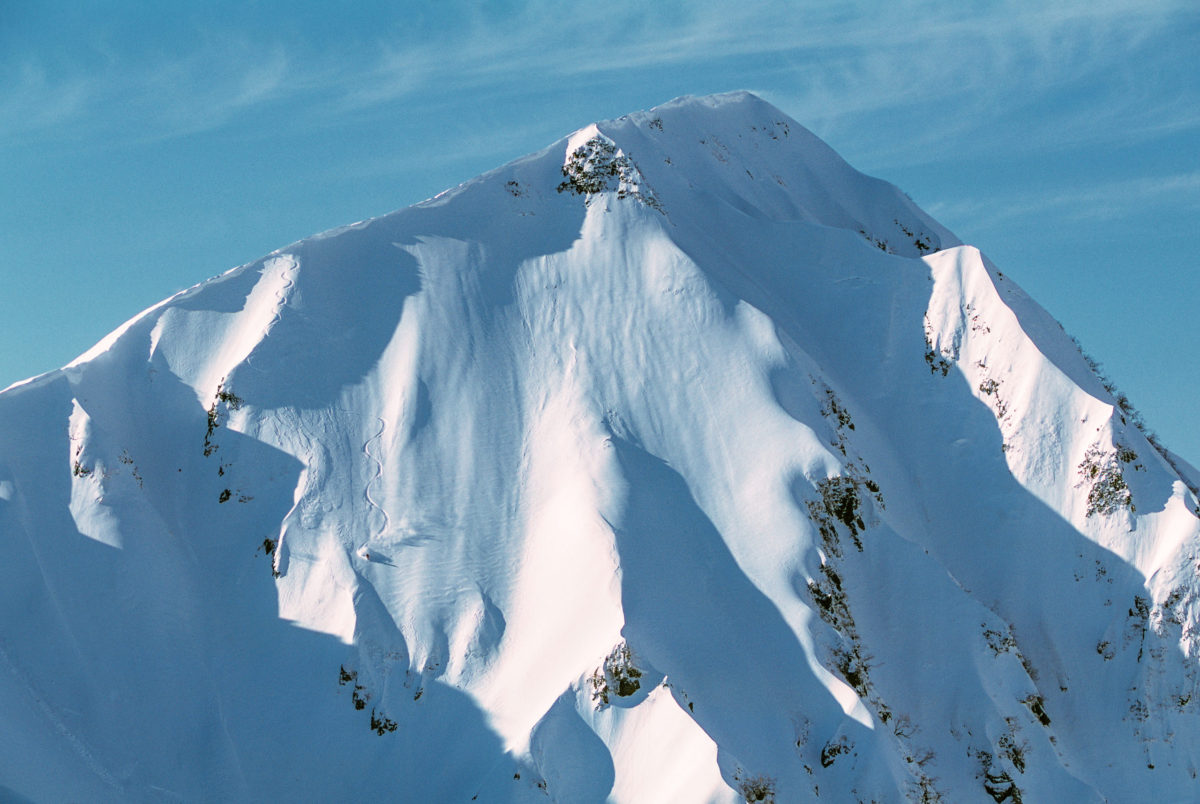
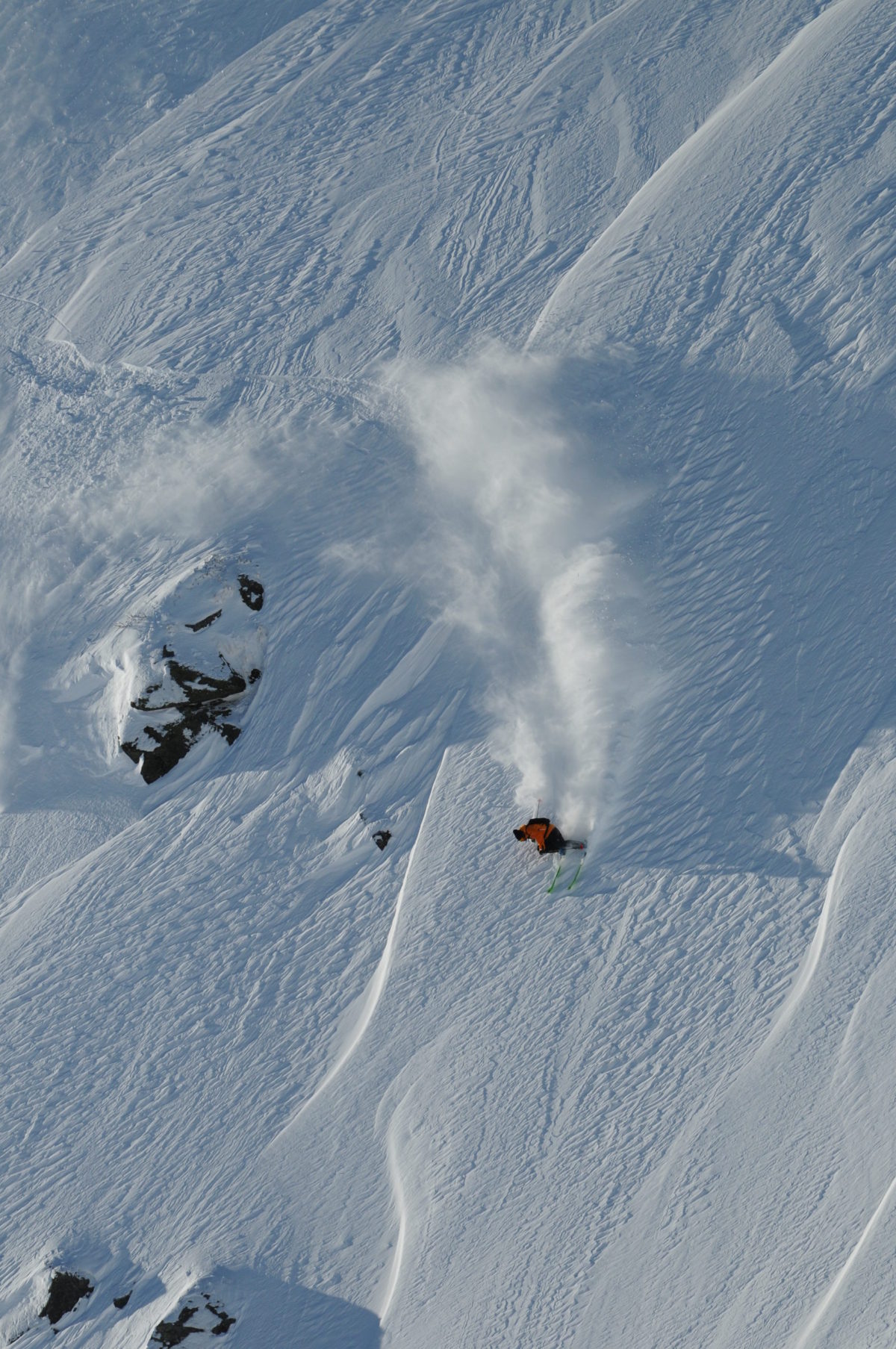
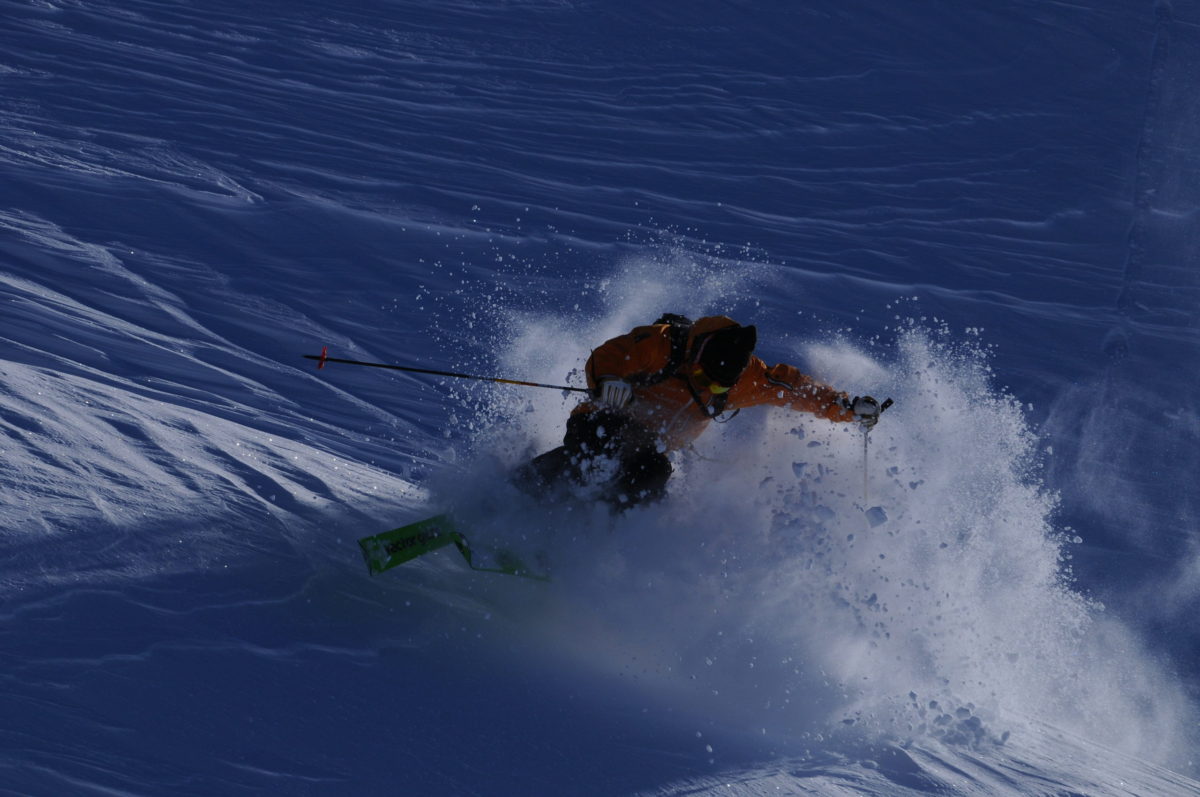
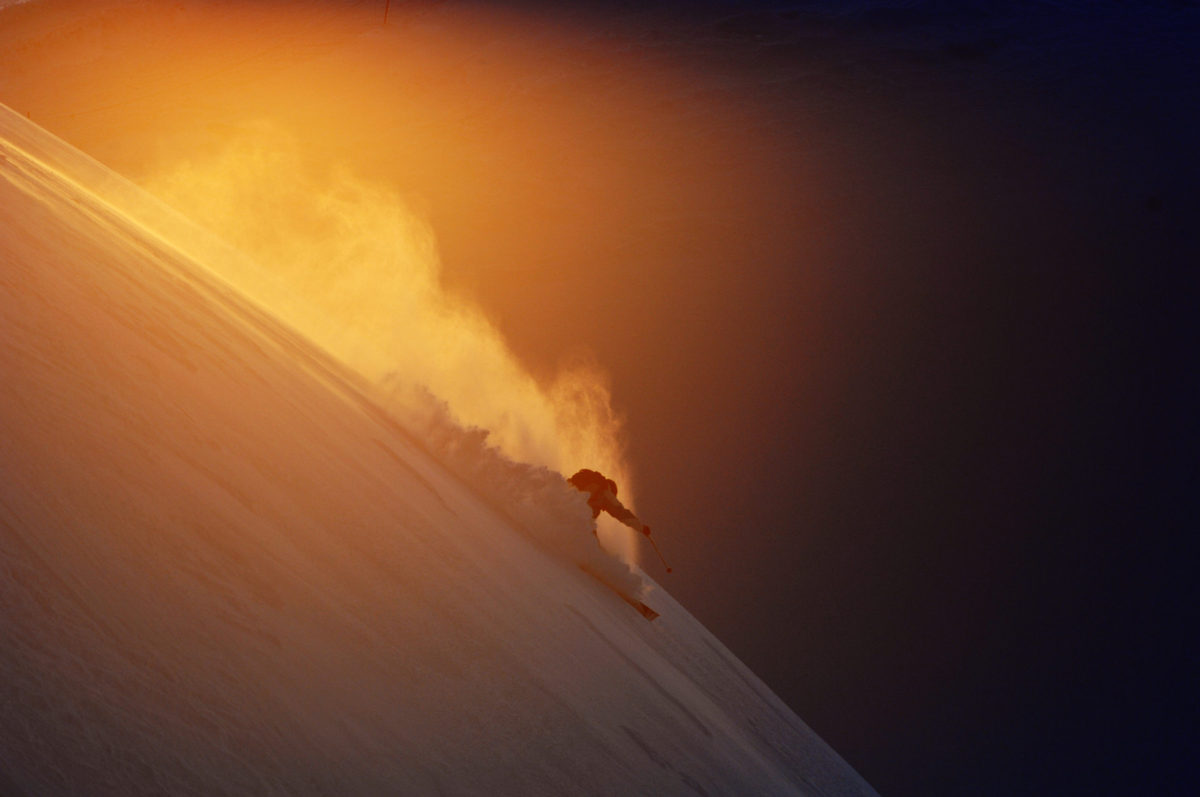
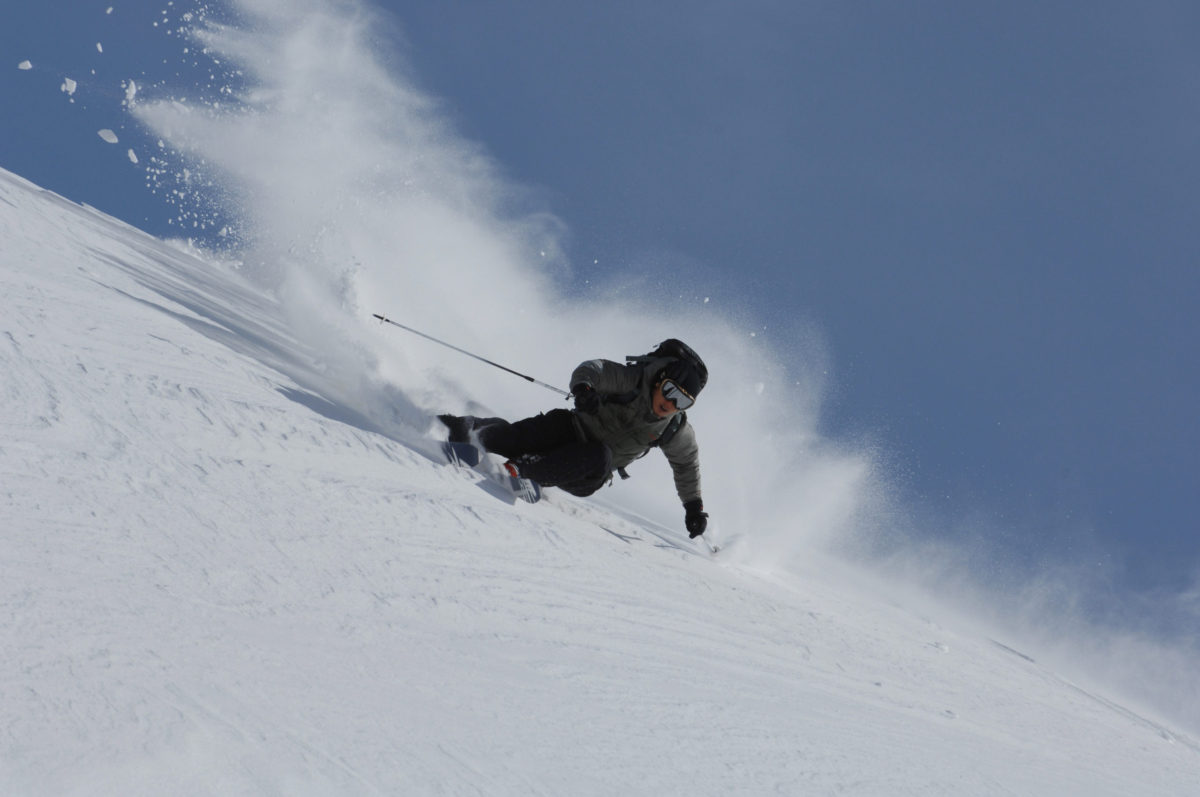
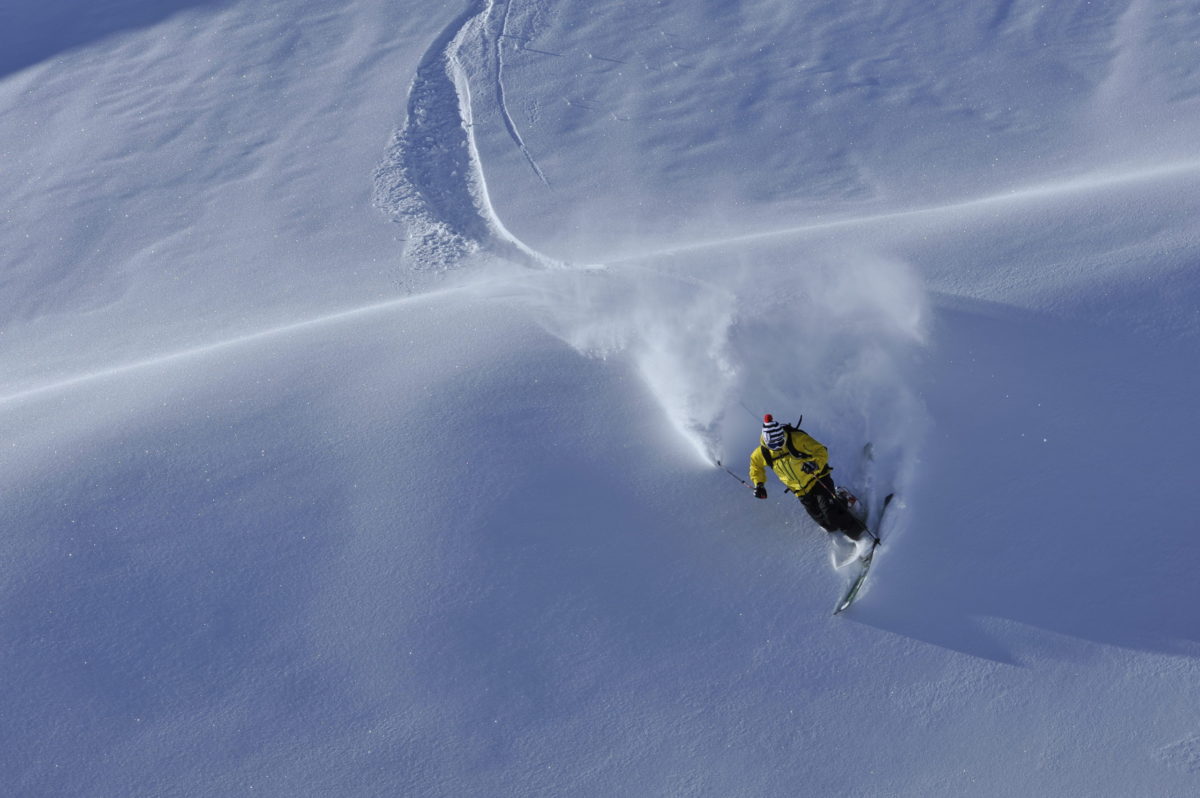
A place I admired In Tateyama in November, when I was still called a fledgling, senior photographers all stayed for long periods to shoot for ski manufacturers and ski magazines. .
Tateyama in early winter was a dream place for a beginner, a place where the threshold was too high even if I wanted to go. The tough-looking seniors were like, "Even if you come here, there's no place for you to shoot."
(I hadn't been there at the time, so I just heard about it.) I didn't have the guts to raid the territory, so when I saw the photos that were released, I was just fantasizing about it. rice field. At some point
, Masakazu Watanabe, who was the same age as me and had a part-time job taking ski photos together when I was a student, formed a duo with top skier Toshihiro Umiwa and started going to Tateyama. I heard that you are filming in between.
At the time, I remember feeling envy and jealousy and strongly thinking, “Soon I will too.” When I saw Masakazu's work, I was overwhelmed by the meticulously calculated use of light and sense of depth, the beauty of the Tateyama scenery, and the beauty of Mr. Umi's skiing that melted into it. I was depressed and encouraged by the distance from Masakazu, who was walking ahead of me.
Then I went to
Tateyama.In the latter half of 1990, when the economic bubble had ended, the ski bubble had ended, and my seniors had stopped shooting Tateyama in November.
At that time, we were shooting in a tent night on the snow.
However, the weather forecast said that a low pressure system would pass. I went up the mountain with a sweet feeling that I would be able to manage it somehow, but suddenly I was forced to change from staying in a tent to staying at "Hotel Tateyama" due to a strong wind and snowstorm that prevented me from leaving Murodo Terminal. After spending two elegant days, the snow continued to fall, but the wind stopped. Partly because I didn't have enough money to stay in a hotel anymore (laughs). The snow hadn't stopped falling yet, so the film crew worked hard to clear the snow around the tent, taking turns one hour at a time. How would you feel if you were worn out and greeted the morning?
Surrounded by high pressure overnight, what a fine weather. There was the scenery of Mt. Tate that was so beautiful that it brought tears to my eyes. I was deeply moved by the longed-for Mt. Tateyama. I can't forget that feeling, and I've been going to Tateyama every November ever since. (Unfortunately, I haven't been there in the last three years due to lack of snow.) Charms and risks of Tateyama
For me, the charm of Tateyama in November is, of course, the beauty of the scenery, but there are still remnants of autumn, and it's low. After the snow caused by the atmospheric pressure, the migratory high pressure brings clear skies in a short period of time, so that we can shoot in good conditions.
In addition, it is possible to enter the mountain relatively easily by transferring transportation, and it is possible to access mountains in all directions, so it is possible to ski in good conditions. And I wonder if the mountain will be closed at the end of November. But this is a mountain area, not a ski resort.
Therefore, the weather conditions are severe. When I started going, there were only about 5 people skiing Tateyama in November, but now it's so popular that there's traffic jams on weekends. As a result, accidents are increasing, and unfortunately, many people lose their lives. I lost a friend in an avalanche too. I've been stuck in a sudden whiteout, and I've helped recover injured people. If you want to ski Tateyama in November, solid knowledge and equipment are essential.
Participating in a guided tour is one way to ski safely, and I think it's good.
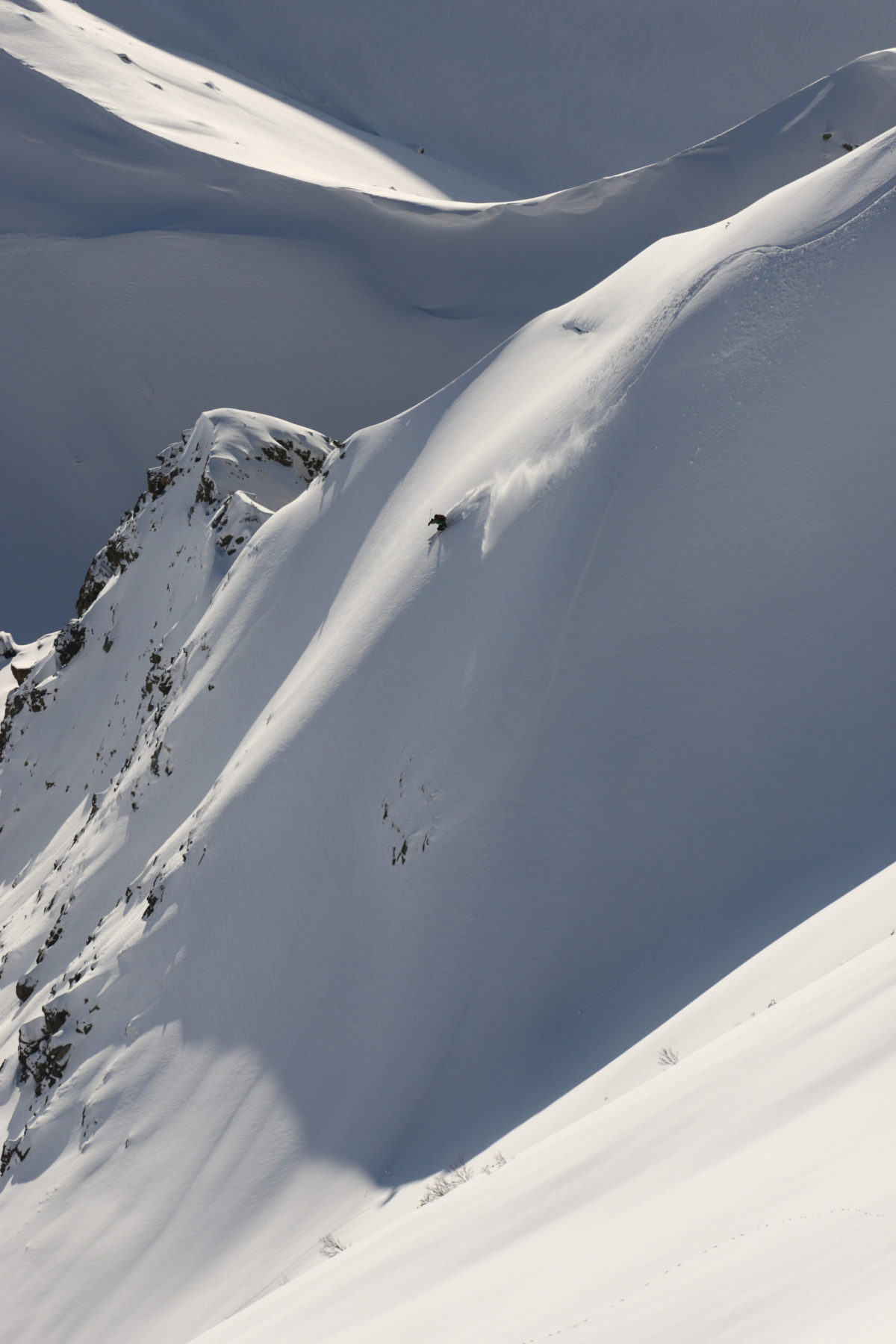
Skier/Daisuke Sasaki Photo/Hiroshi Suganuma

Skier/Takeshi Kodama, Daisuke Sasaki Photo/Hiroshi Suganuma
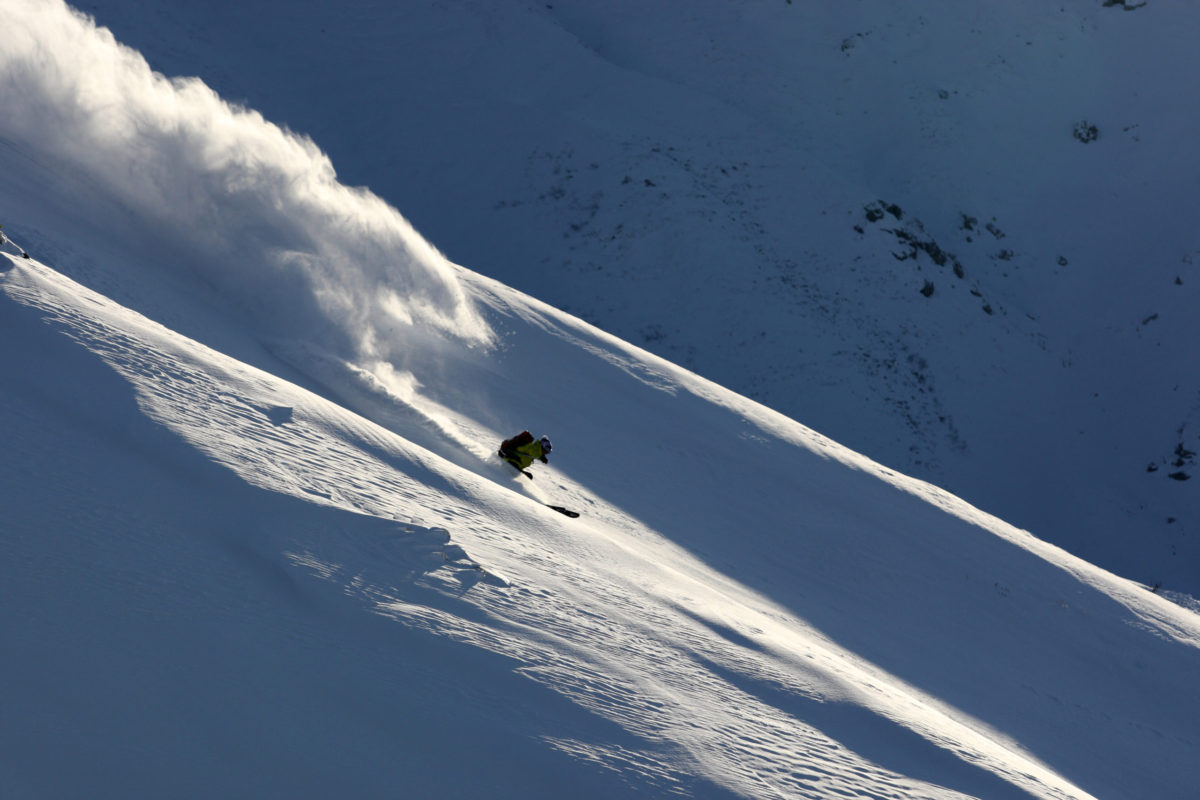
Skier/Takeshi Kodama Photo/Hiroshi Suganuma
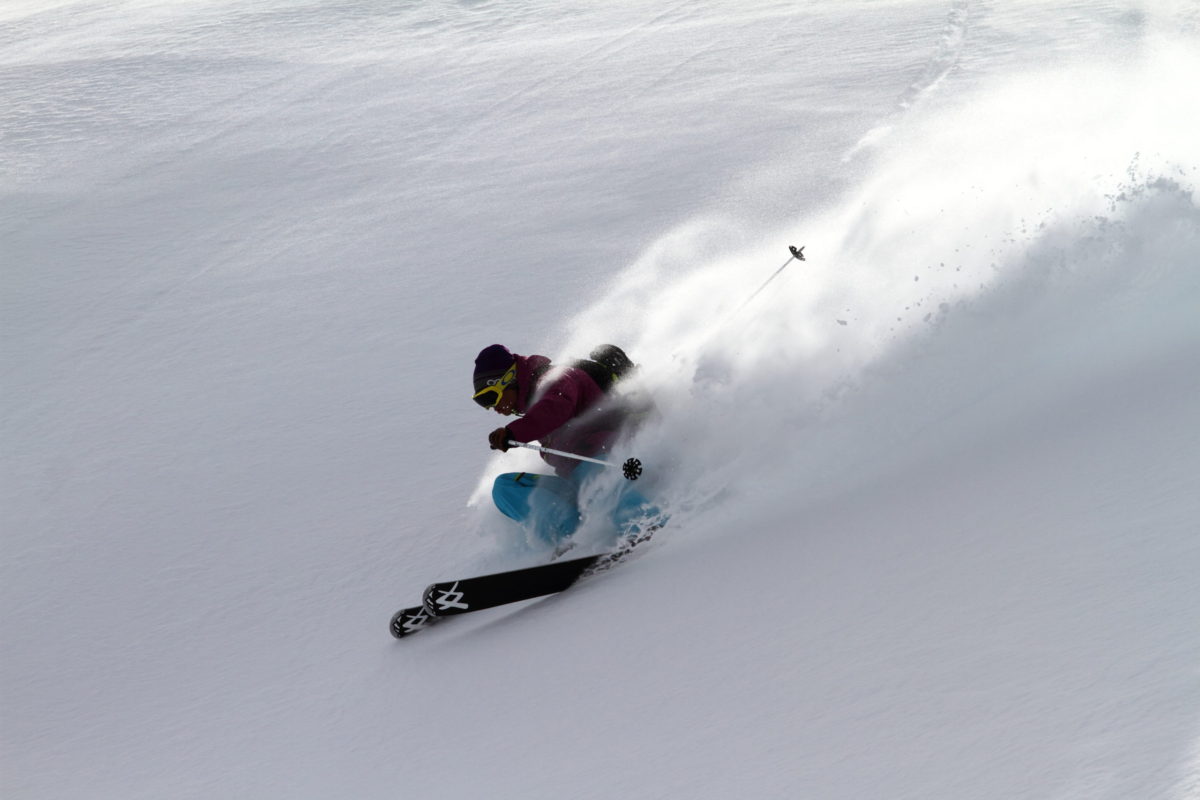
Skier/Kenji Kono Photo/Hiroshi Suganuma
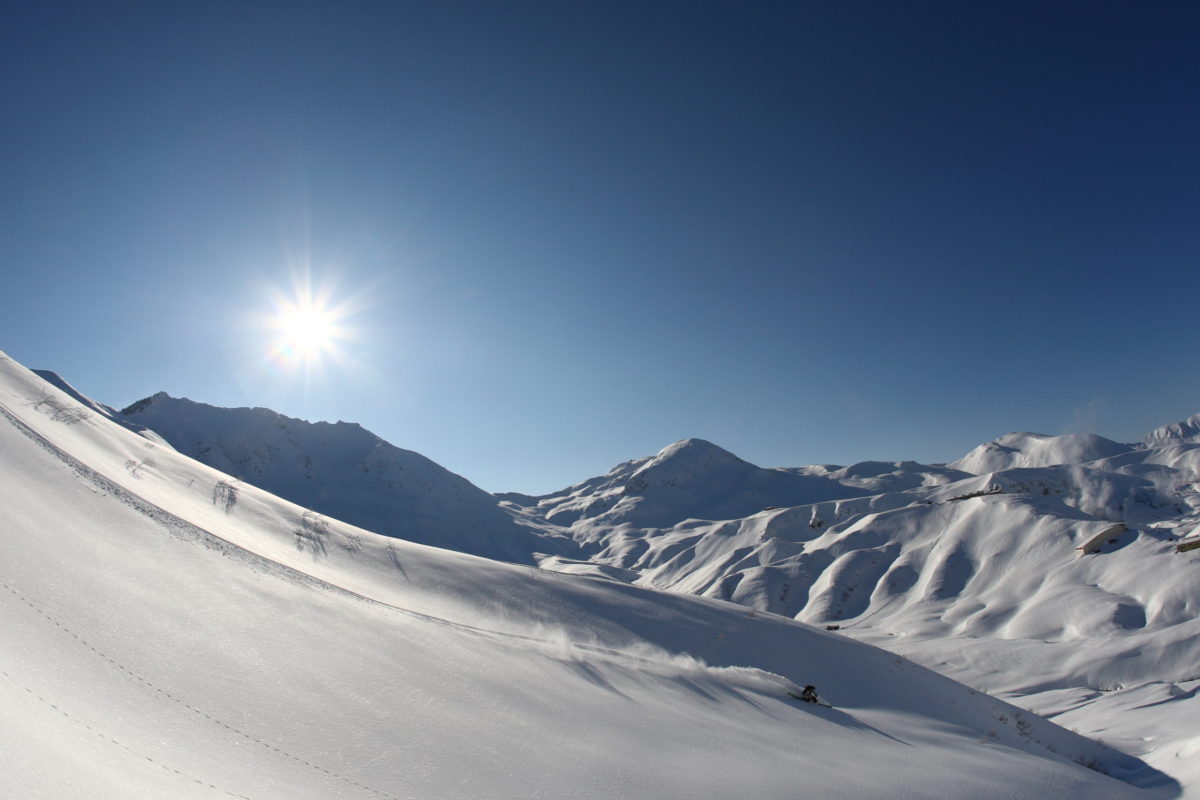
Skier/Takemitsu Ueno Photo/Hiroshi Suganuma

Skier/takeshi Kodama, Hiroshi Etori Photo/Hiroshi Suganuma
think of Tateyama
, my favorite scenery is the
beauty of the lights of squid fishing lined up on the horizon off the coast of Toyama Bay on a clear, chilly night.
The season when the Tateyama mountain range shines will come again this year.
However, Masakazu Watanabe, who was always there in Tateyama in November and I was able to meet him on the mountain, passed away 10 years ago due to an accident during filming. Text: Hiroshi Suganuma
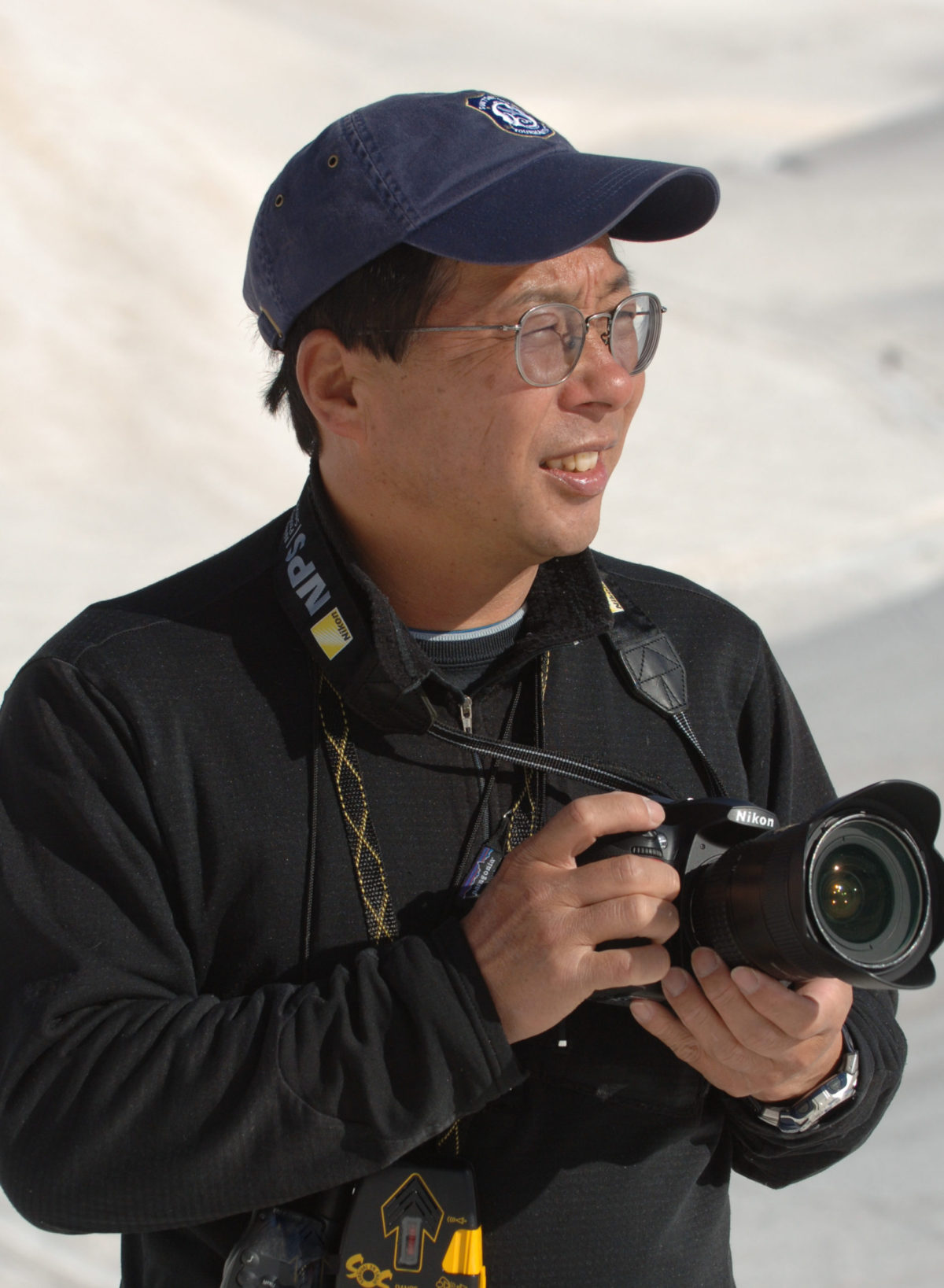
Masakazu Watanabe 1954-2011
in
Aichi Prefecture. After dropping out of Nihon University College of Art, he joined the photography club of Sugiyama Ski School in Shiga Kogen and studied ski photography. After that, he was active in magazines and advertisements, focusing on ski photography. He also handles a wide range of sports photography such as mountaineering, outdoor sports, motorcycle world GP, F1 Grand Prix, Olympics, and soccer World Cup. His photobooks include "Toshihiro Umiwa, Carefree Trace" and "SPUR", as well as a special photobook "SENNA FOREVER" 15 years after his death authorized by the Ayrton Senna Foundation. In June 2011, he passed away after 56 years due to an accident he was doing while covering the Nagara River in Gifu Prefecture.

Hiroshi Suganuma
Born in 1957 in Tokyo.
Influenced by his father, who loves photography, he started playing around with a twin-lens reflex camera from high school. After entering the photography department of Tokyo University of Photography Junior College, he had his first skiing experience and at the same time became absorbed in skiing. After graduating, he worked as an assistant at a studio before becoming a freelancer at the age of 26. In the 1990s, he repeatedly photographed members of Namarahabit-X, such as Daisuke Sasaki and Tsuyoshi Kodama, who were unknown at the time, and conveyed their skiing style along with numerous works. He is still active in ski magazines and advertising photography for outdoor brands. His photo collection includes "SHAPE OF SNOW".


Profile
Masakazu Watanabe 1954-2011
in
Aichi Prefecture. After dropping out of Nihon University College of Art, he joined the photography club of Sugiyama Ski School in Shiga Kogen and studied ski photography. After that, he was active in magazines and advertisements, focusing on ski photography. He also handles a wide range of sports photography such as mountaineering, outdoor sports, motorcycle world GP, F1 Grand Prix, Olympics, and soccer World Cup. His photobooks include "Toshihiro Umiwa, Carefree Trace" and "SPUR", as well as a special photobook "SENNA FOREVER" 15 years after his death authorized by the Ayrton Senna Foundation. In June 2011, he passed away after 56 years due to an accident he was doing while covering the Nagara River in Gifu Prefecture.
Profile
Hiroshi Suganuma
Born in 1957 in Tokyo.
Influenced by his father, who loves photography, he started playing around with a twin-lens reflex camera from high school. After entering the photography department of Tokyo University of Photography Junior College, he had his first skiing experience and at the same time became absorbed in skiing. After graduating, he worked as an assistant at a studio before becoming a freelancer at the age of 26. In the 1990s, he repeatedly photographed members of Namarahabit-X, such as Daisuke Sasaki and Tsuyoshi Kodama, who were unknown at the time, and conveyed their skiing style along with numerous works. He is still active in ski magazines and advertising photography for outdoor brands. His photo collection includes "SHAPE OF SNOW".

